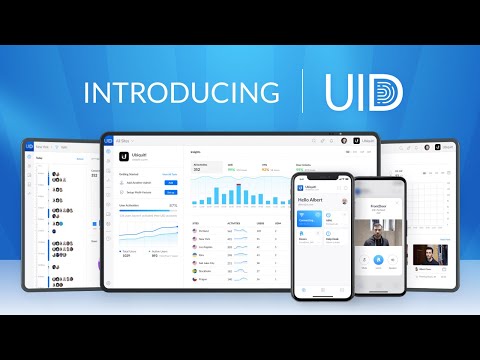
Before you set up email authentication, you can use the Google Admin Toolbox to check if SPF and DKIM already been set up.
Read Full
Add the DKIM key from your Google Admin console to your domain provider’s DNS records.
Read Full
When you use SPF, DKIM, and DMARC, receiving servers can verify that email senders are authorized by you and that the senders are being transparent about message identity.
Read Full
Sign into your Google Admin console and create a DKIM key for your domain.
Read Full
DMARC lets you manage messages that have been checked by SPF and DKIM. You can set your DMARC policy to quarantine or reject messages that don’t pass SPF or DKIM.
Read Full
SPF and DKIM help prevent spammers from impersonating your organization, and help ensure messages sent from your organization aren’t marked as spam.
Read Full
Email authentication helps prevent messages from your organization from being marked as spam.
Read Full
SPF lets you authorize senders that are allowed to send email on behalf of your domain. DKIM signs every outgoing message with your unique signature, so receiving servers can verify
Read Full
UniFi Identification (UID) is a simple and secure solution for employee and IT site management. UID simplifies how you communicate and manage your employees, streamlining how they can securely interact
Read Full
Want to sort and see only certain colors in Sheets? Want to change the color of a cell or text based on the contents? In this episode of Google Workspace
Read Full